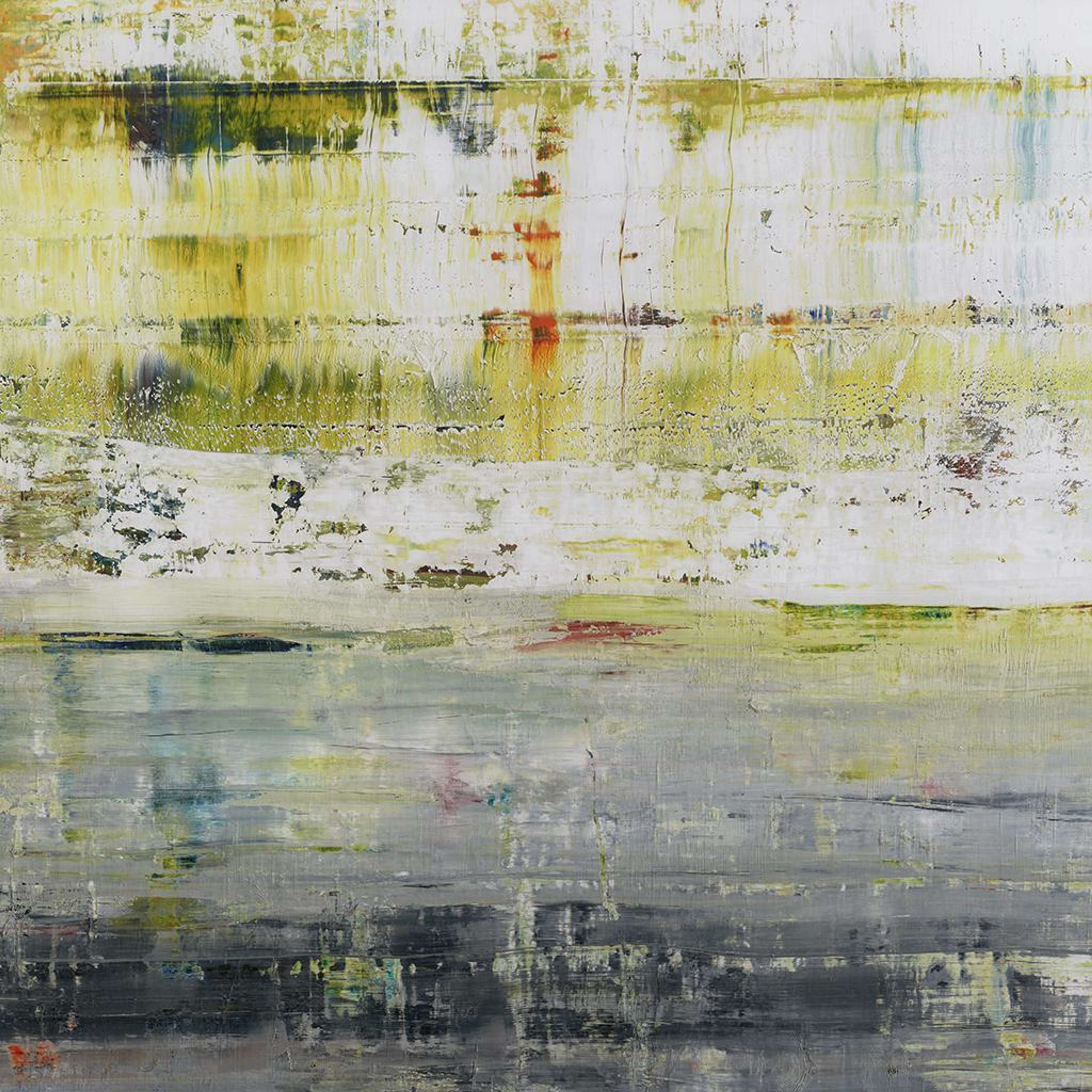
Cage (P19-2)

Cage (P19-2)
Unsigned Print
Gerhard Richter
£10,500-£16,000Value Indicator
$22,000-$35,000 Value Indicator
$19,000-$29,000 Value Indicator
¥100,000-¥150,000 Value Indicator
€12,500-€19,000 Value Indicator
$110,000-$160,000 Value Indicator
¥1,990,000-¥3,030,000 Value Indicator
$14,000-$21,000 Value Indicator
AAGR (5 years) This estimate blends recent public auction records with our own private sale data and network demand.
There aren't enough data points on this work for a comprehensive result. Please speak to a specialist by making an enquiry.
Medium: Giclée print
Edition size: 200
Year: 2020
Size: H 100cm x W 100cm
Signed: No
Format: Unsigned Print
TradingFloor
Track this artwork in realtime
Watch artwork, manage valuations, track your portfolio and return against your collection
Track auction value trend
Auction Results
| Auction Date | Auction House | Location | Hammer Price | Return to Seller | Buyer Paid |
|---|---|---|---|---|---|
| November 2024 | Uppsala Auktionskammare | Sweden | |||
| September 2024 | Phillips London | United Kingdom | |||
| March 2024 | Christie's London | United Kingdom | |||
| November 2023 | Forum Auctions London | United Kingdom | |||
| June 2023 | Phillips London | United Kingdom | |||
| January 2023 | SBI Art Auction | Japan | |||
| November 2021 | Sotheby's Paris | France |
Meaning & Analysis
An unsigned print by the king of German and European Contemporary art, Gerhard Richter, Cage (P19-2) was issued in a limited edition of 200. Part of the Cage Prints series, the print is made after one of a number of paintings exhibited by Richter at the 2007 Venice Biennale, and showcases yet another example of the artist’s unique approach to abstraction.
Like its close counterparts in the Cage Grid and Cage f.ff series, Cage (P19-2) references Richter’s practice of using large, home-made squeegees to dynamic effect in his paintings. In this particular print, Richter channels the experimental and atonal compositions of American composer and artist John Cage - whose name it references - into a canvas that comprises a series of carefully applied, lateral sections of oil paint. Combining nature’s greens and turquoises with rust-coloured and metallic hues, the work evokes decay of both natural and man-made origin.
This print, like many of Richter’s abstract works, is testament to his fierce rejection of artistic norms, and his early training in socialist realist painting. Bearing the symbolic hallmarks of propaganda art, socialist realism was designed to vaunt the achievements of the former German Democratic Republic, a satellite state of the former Soviet Union. Constrained in terms of the subjects he could depict and the materials he could use, Richter references his artistic formation in the GDR in his often-repeated phrase: the ‘death of painting’. Describing his own artistic goals, both on a methodological and conceptual level, this phrase is very much present in this image: gone is tradition, and all the tightly-defined representational rules that come with it.
Hailing from Germany, Gerhard Richter has not been confined to one visual style. A testament to versatility and artistic diversity, Richter's work spans from photorealism to abstraction and conceptual art, and his portfolio is rich in varied media. From creating bold canvases to working on glass to distort the lines between wall-based art and sculpture, Richter has honed in on the blur technique to impart an ambiguity on his creations. To this day, Richter is one of the most recognised artists of the 20th century with his art having been presented in exhibitions worldwide. His global impact underscores his legacy as a trailblazer of artistic exploration.




